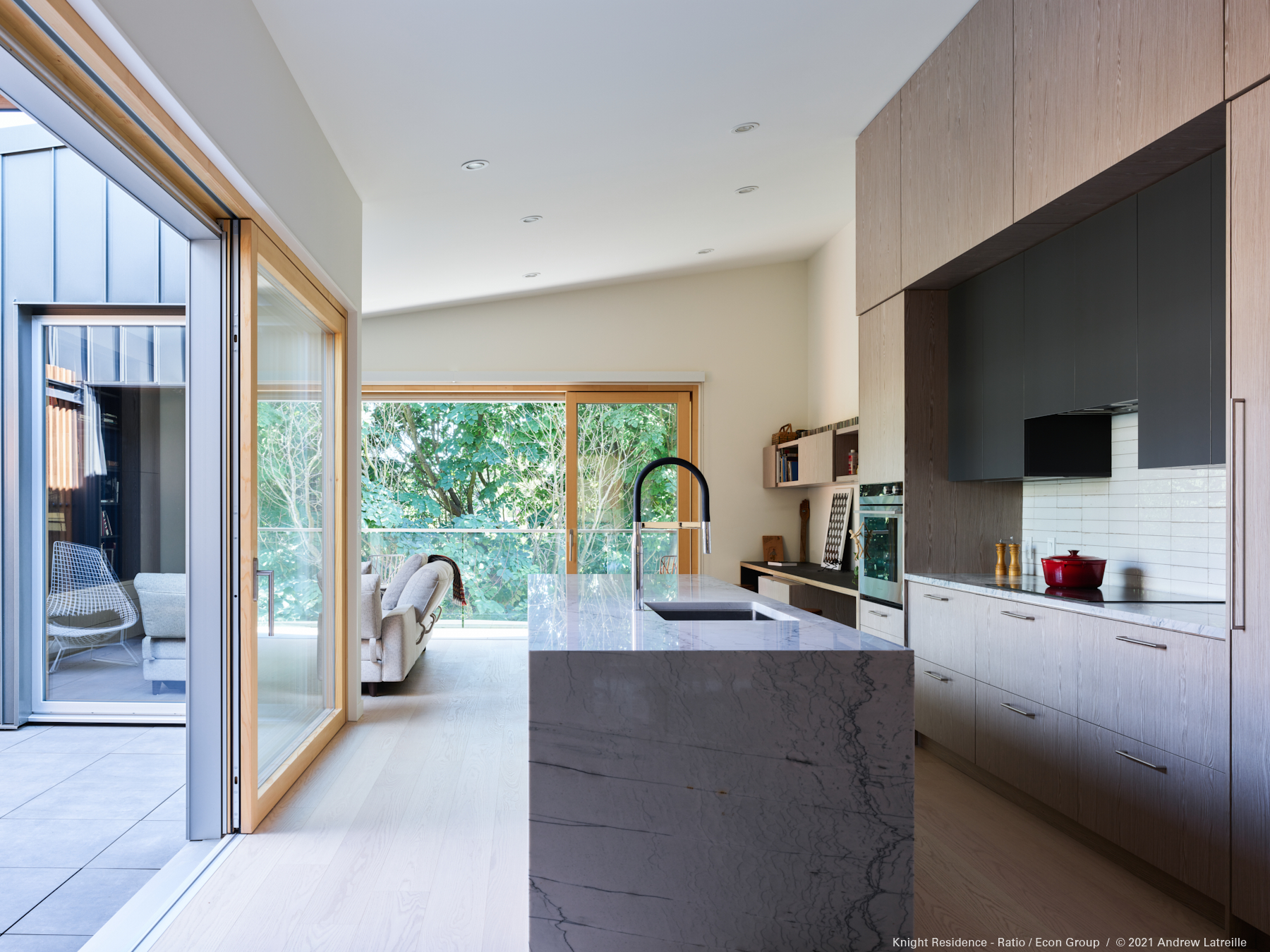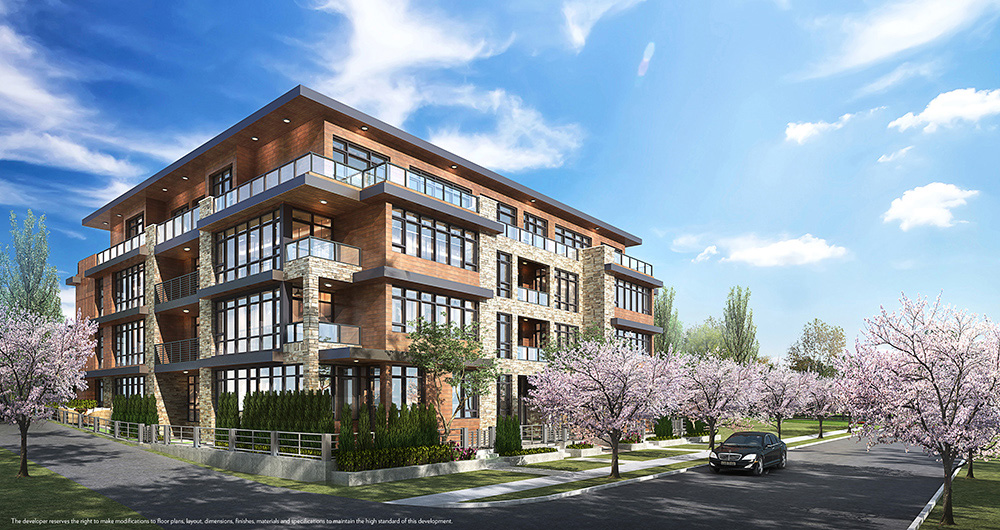WHAT YOU NEED TO KNOW ABOUT PASSIVE HOUSE DESIGN

Photo Credit: Knight Residence, Vancouver, by Marcel Studer, Econ Group Construction and Development.
by SUSAN M BOYCE
NEW HOME + CONDO GUIDE
SEPTEMBER 3-17, 2022
There’s no denying it: environmental stewardship is on the rise. Whether it’s Millennials searching for ways to create a more sustainable lifestyle, Boomers committed to reducing their carbon footprint, or grandparents taking an increasingly active role in creating a healthier world for future generations, more people are going greener than ever before, so it’s no surprise that Passive House design is coming of age.
In this issue, we chat with Sarah Yada Seto, previously a marketing and communications consultant to Passive House Canada and currently vice-president of marketing with BakerWest Real Estate, about what this building standard means for consumers.
New Home + Condo Guide: Passive House design has been around in Europe since the late1980s. Why is it only now gaining attention in North America?
Sarah Yada Seto: We’ve reached a point where we simply can’t ignore climate change any longer. Extreme weather conditions like heat domes and atmospheric rivers are all around us. So, the question becomes how are we all going to do our part to reduce greenhouse gas emissions? Passive House design is a key answer to that question. A lot of people don’t realize that globally, buildings of all types create approximately 35 percent of greenhouse gases. Within Vancouver, it’s much higher—about 54 percent.
NH+CG: So, what are the principles behind this kind of construction?
SYS: There are five basic principles: continuous insulation, high-performance windows and doors, an airtight building envelope, no thermal bridging, and ventilation that provides a constant supply of filtered air paired with a heat-recovery system. One of the biggest misnomers about Passive House is that it only applies to houses, when it’s actually applicable to all construction — recreation and community centres, commercial and industrial buildings, retail and now highrises like CURV that will be built in Vancouver’s West End and will be the world’s tallest building to incorporate these principles.
NH+CG: What kind of benefits do people get from living in a residence designed to these specifications?
SYS: Firstly, it’s a healthier living environment. Since the air is continuously filtered, airborne toxins and germs can be reduced, something that became increasingly important during the pandemic when we were forced to spend more time at home.
It’s also quieter because of the superior insulation, a consideration in a highly urban location.
But what’s probably the biggest eye-opener for most people is that a Passive House uses about one tenth the energy for heating and cooling. With today’s rising energy costs, that translates to some significant savings over time.
NH+CG: What about cost?
SYS: Studies suggest that currently, Passive House design tends to be approximately two to 10 percent more expensive to build than conventional methods but offers large energy and greenhouse gas emission savings over time. We’re currently also experiencing supply chain issues that are driving up overall costs throughout the industry in general. I believe we’re right at the cusp of this building method becoming mainstream, and the more Passive House residence on East 6th Avenue, North Vancouver by Marcel Studer, Econ Group Construction and Development. we build, the more cost effective it will become.
NH+CG: Any final thoughts?
SYS: Passive House is a global standard that’s proven by 30 years of science. It also fits into the city of Vancouver’s mandate to have all new construction be Net Zero ready by 2030, and there are already incentives to build to the Passive House standard. I believe this is the future of building, a collective response to the need to do better for the environment. People of all ages are embracing Passive House because they want to live a healthier, more sustainable lifestyle.
For more information about Passive House design, visit passivehousecanada.com.
Click here to read the full article.


